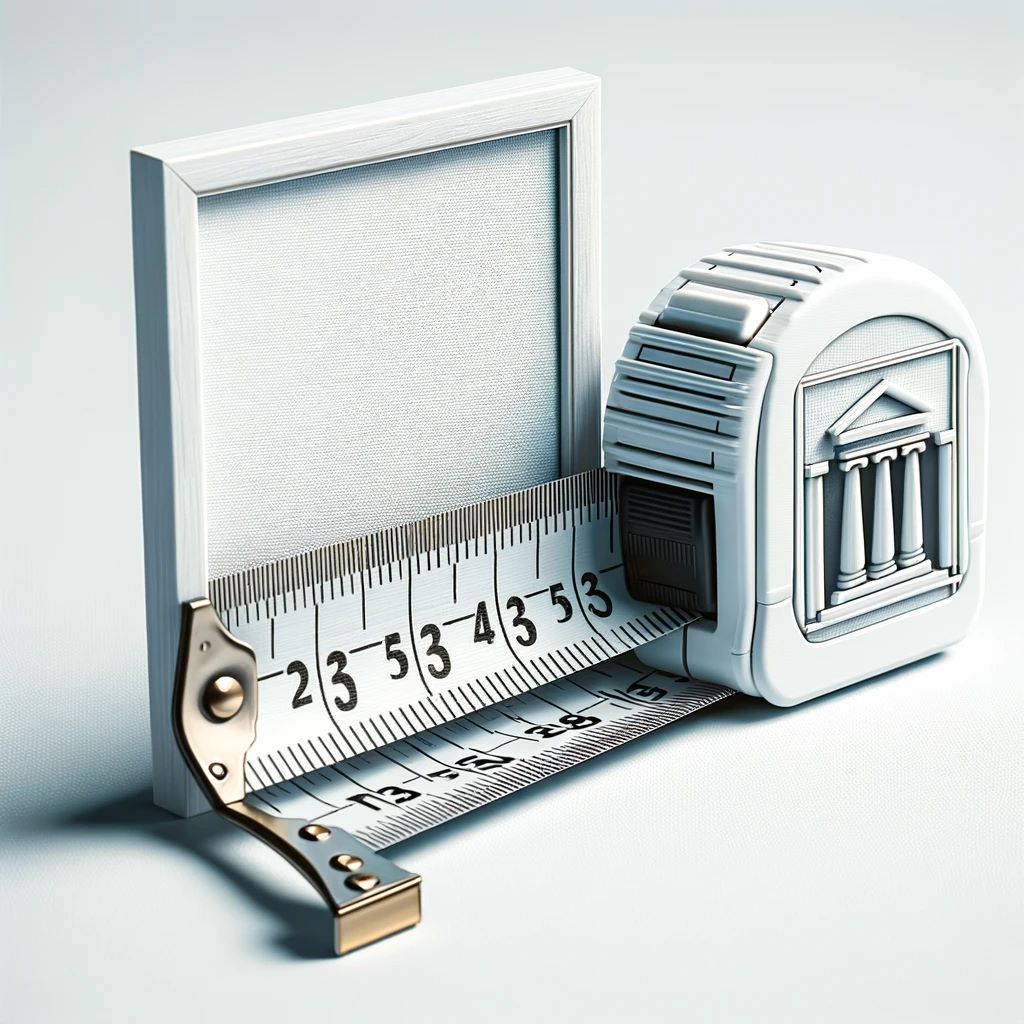This post contains affiliate links.
Maximizing Art Sales with Effective Artwork Descriptions: A Guide for Artists
In the competitive world of art sales, the power of a well-crafted artwork description cannot be overstated. As artists, our creations are more than just visual pieces; they are stories, emotions, and a piece of our soul. To effectively communicate this to potential buyers, Artfinder suggests a two-part description: one part inspirational, the other factual. This dual approach not only provides a comprehensive understanding of the artwork but also connects with the customer on a personal level.
The Inspirational Component

The inspirational section of your artwork description is where you breathe life into your creation. It’s a space to share your journey, passion, and the essence of your art. Here are some key points to consider:

- Source of Inspiration: Every artwork has a genesis. Share what sparked the creation of this piece. Was it an emotion, a scenic beauty, a social cause? Let your audience see the world through your eyes.

- Techniques and Choices: Your artistic process is unique. Discuss the techniques you employed and the reasons behind these choices. This insight adds depth to the understanding of your work.

- Personal Connection: Art is a reflection of the artist. What does this piece mean to you? How does it resonate with your experiences or beliefs?

- Artistic Representation: Explain how this piece fits into your broader body of work. Is it a new direction, a deepening of familiar themes, or a celebration of your signature style?
For instance, Andrew Alan Johnson masterfully conveys the joy and depth in his work, making his descriptions both engaging and meaningful.
The Factual Component
While inspiration captures hearts, facts build trust. This section is crucial for potential buyers who seek specifics. Here’s what to include:

- Materials Used: Detail the canvas, paints, pastels, or any other materials used. This information speaks to the quality and durability of the piece.

- Dimensions: Provide exact measurements in both centimeters and inches. Accuracy here helps buyers envision the piece in their space.

- Packaging: Describe how the artwork will be packaged. Will it be in bubble wrap, rolled, or framed? This assures buyers of safe delivery.

- Delivery Details: Offer information on shipping methods, couriers, and estimated delivery times. This transparency sets clear expectations.

- Open Communication: Encourage buyers to contact you with questions. This open line of communication can build trust and rapport.
Conclusion
A well-rounded artwork description is your ally in the journey of art sales. By meticulously detailing both the inspirational and factual aspects, you not only showcase your art but also build a bridge of understanding and trust with your audience. Remember, Artfinder’s ‘Art of the Day‘ email feature values detailed and inspirational artwork descriptions, so excellence in this area might just spotlight your work to a broader audience. Happy creating and describing!
This post contains affiliate links.










